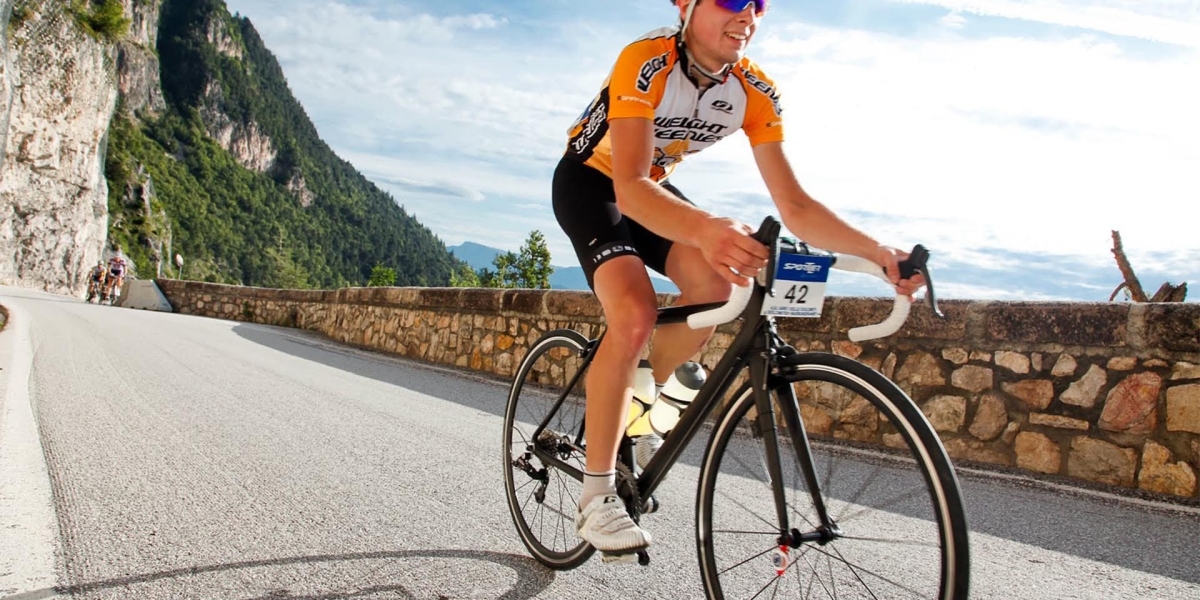Cyclisme, or cycling, is more than just a mode of transportation—it's a lifestyle, a sport, a way to explore the world, and a powerful path to physical and mental well-being. Whether you're a casual rider, a competitive racer, or a commuter, cycling offers countless benefits and opportunities for all ages.
What is Cycling?
Cycling is the act of riding a bicycle for recreation, sport, commuting, or fitness. It includes various forms such as road cycling, mountain biking, track cycling, BMX, and even indoor cycling. From leisurely city rides to grueling mountain climbs, cycling caters to a wide range of interests and skill levels.
Types of Cycling
Road Cycling
The most common form, involving long-distance rides on paved roads. It’s popular for fitness, touring, and racing.
Mountain Biking
Off-road cycling on rough terrains like trails, forests, and hills. It combines adventure with skill and endurance.
Track Cycling
Racing on an indoor or outdoor velodrome track. Known for its speed and precision.
Commuting
Using a bicycle as a primary mode of daily transportation. It's eco-friendly, economical, and often faster in urban areas.
Touring
Long-distance cycling journeys over several days or weeks, exploring new regions or countries.
Indoor Cycling (Spinning)
Cycling on stationary bikes in gyms or at home. Great for cardio fitness and calorie burning.
Benefits of Cycling
Physical Health
Improves cardiovascular fitness
Builds muscle strength and flexibility
Burns calories and supports weight loss
Enhances joint mobility and bone strength
Mental Well-being
Reduces stress and anxiety
Boosts mood through endorphin release
Increases focus and mental clarity
Provides a sense of freedom and relaxation
Environmental Impact
Zero emissions, reducing carbon footprint
Less traffic congestion and noise pollution
Promotes sustainable cities and green living
Economic Benefits
Saves money on fuel, parking, and public transport
Low maintenance costs compared to cars
Encourages local economy when used for errands or travel
Essential Cycling Gear
Bicycle (road, mountain, hybrid, etc.)
Helmet (for safety)
Lights and reflectors
Water bottle and holder
Cycling clothing (padded shorts, breathable jerseys)
Repair kit and pump
Tips for Safe Cycling
Always wear a helmet.
Obey traffic laws and use hand signals.
Stay visible with bright clothing and lights.
Keep your bike well-maintained.
Ride defensively and stay alert.
Conclusion
Cycling is a timeless activity that unites health, sport nouvelles, and sustainability. Whether you're pedaling through city streets, climbing mountain trails, or racing on tracks, cycling offers unmatched physical, mental, and environmental rewards. It's a low-impact, high-reward lifestyle that anyone can enjoy—anytime, anywhere.
Start cycling today—not just as a form of movement, but as a journey toward better living.
Frequently Asked Questions (FAQs)
Is cycling good for weight loss?
Yes, cycling burns calories, boosts metabolism, and improves overall fitness—making it effective for weight loss when paired with a healthy diet.
How often should I cycle for health benefits?
Cycling 3–5 times a week for 30–60 minutes can significantly improve cardiovascular health and fitness levels.
What kind of bike is best for beginners?
A hybrid or city bike is ideal for beginners due to its comfort, versatility, and ease of use on both roads and light trails.
Do I need special clothing to cycle?
Not necessarily, but wearing padded shorts, breathable shirts, and gloves can enhance comfort and performance, especially on longer rides.
Is cycling safe in traffic?
With proper safety gear, knowledge of traffic rules, and defensive riding habits, cycling in traffic can be safe. Always wear a helmet and stay visible.







